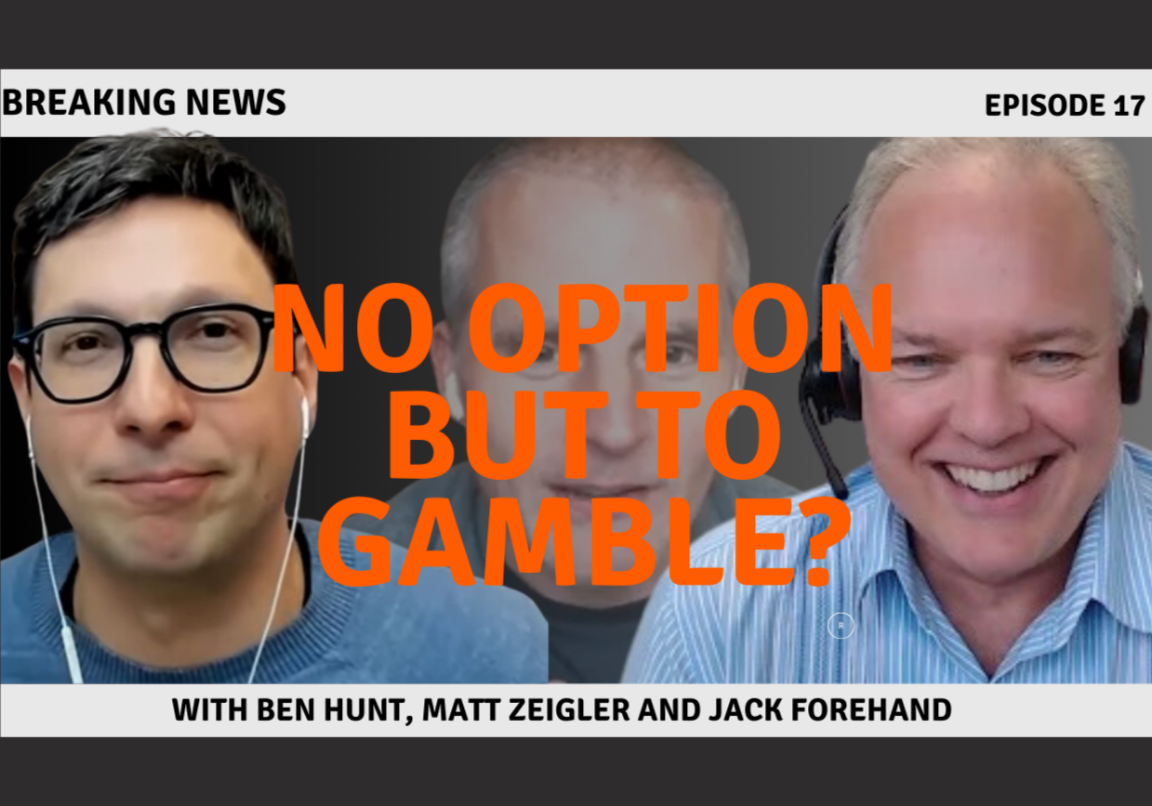The Dog That Didn’t Bark
To learn more about Epsilon Theory and be notified when we release new content sign up here. You’ll receive an email every week and your information will never be shared with anyone else.
Continue the discussion at the Epsilon Theory Forum
The Latest From Epsilon Theory
This commentary is being provided to you as general information only and should not be taken as investment advice. The opinions expressed in these materials represent the personal views of the author(s). It is not investment research or a research recommendation, as it does not constitute substantive research or analysis. Any action that you take as a result of information contained in this document is ultimately your responsibility. Epsilon Theory will not accept liability for any loss or damage, including without limitation to any loss of profit, which may arise directly or indirectly from use of or reliance on such information. Consult your investment advisor before making any investment decisions. It must be noted, that no one can accurately predict the future of the market with certainty or guarantee future investment performance. Past performance is not a guarantee of future results.
Statements in this communication are forward-looking statements. The forward-looking statements and other views expressed herein are as of the date of this publication. Actual future results or occurrences may differ significantly from those anticipated in any forward-looking statements, and there is no guarantee that any predictions will come to pass. The views expressed herein are subject to change at any time, due to numerous market and other factors. Epsilon Theory disclaims any obligation to update publicly or revise any forward-looking statements or views expressed herein. This information is neither an offer to sell nor a solicitation of any offer to buy any securities. This commentary has been prepared without regard to the individual financial circumstances and objectives of persons who receive it. Epsilon Theory recommends that investors independently evaluate particular investments and strategies, and encourages investors to seek the advice of a financial advisor. The appropriateness of a particular investment or strategy will depend on an investor’s individual circumstances and objectives.









Ben, you wrote this: “The Truths in life are still death and taxes (and maybe compounding returns). Everything else is theatre, where honesty (with a small h) and truth (with a small t) are probably the best we can achieve” back in 2014 in “The Plays The Thing,” an ousting ET piece.
With deficits, the correlation to anything tradable has had no lasting small or large t or h for over thirty years. It just doesn’t work. And Japan has shown us that there is no absolute deficit number where we can say it will break a developed economy.
Hence, there is no historical algorithm - which is, IMHO, pretty much the only thing Wall Street sells behind every product or idea - that works even superficially: no algo, no story (narrative), no sale, no interest from Wall Street.
And this feeds into your very recent “We’re Doing it Wrong” note as deficits don’t matter because Wall Street is trying to “calculate” the future from past data, but the “when will the deficit matter” question needs a “T+1, T+2” prediction effort from a super computer.
The deficit spending as a percentage of GDP as of Q2 this year was just under -5% and a tad lower than $1 trillion in deficit. This is during a boom. I’d love a link to #45’s 2012 tweet that said any President who had a rapid 1000 point decline in the DOW should be immediately impeached.
In sum, models, like humans, make mistakes because they fail to pay attention to relevant variables or interactions. Many-model thinking overcomes the failures of attention of any one model. It will make you wise.
https://scholar.harvard.edu/files/xgabaix/files/behavioral_inattention.pdf
Is the asymmetric trade to sit on 5y/10y US Sov CDS in EUR and be patient? A patient position waiting for the market narrative to awaken? Seems like the cleanest expression
The embedded convexity and reasonably small negative carry of CDS exposure make it my personal fave for almost any long-vol trade. That said, the real juice in a CDS trade (like any negative carry trade) happens when you get the timing right. So even here, I prefer to wait until the narrative starts to develop. Will I miss the first leg of the trade working? Yes. Would this make me unemployable in fx-land? Yes. But I’ll still catch the broader market “discovering” the trade, and in my experience that’s where the best money is made.